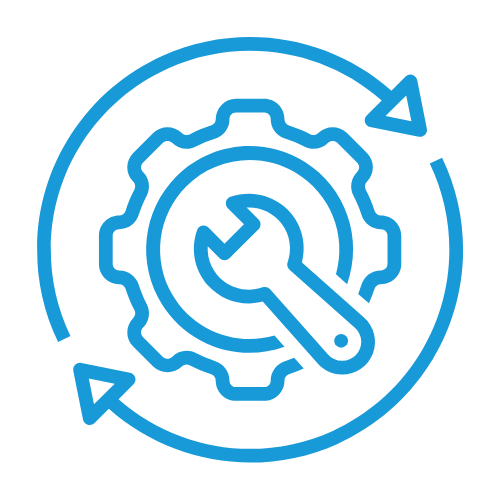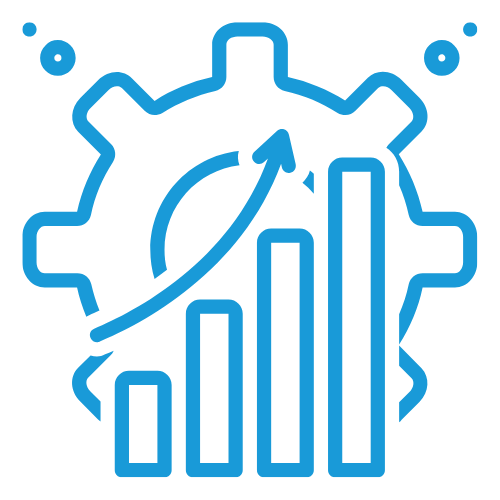Connected Mobility Lens: Key Insights from the AWS Well-Architected Framework for Modern Mobility Solutions.
The potential of cloud computing in data processing is vast, and the concept of connected mobility demonstrates this power effectively, especially when implemented within AWS infrastructure. But how can you execute such a strategy effectively? The AWS Well-Architected Tool and the Connected Mobility Lens can provide invaluable guidance.
What is the AWS WAR Tool? The AWS Well-Architected Review (WAR) Tool helps organizations evaluate their cloud environments based on criteria such as security, reliability, performance and cost-effectiveness. Its primary goal is to optimize cloud-based systems and improve workload management.
Defining connected mobility
Connected mobility refers to the integration of cutting-edge technologies with communication systems to optimize transportation and traffic flow. It includes the use of internet-connected vehicles (capable of interacting with external systems), smart infrastructure and advanced data analytics, leading to smoother traffic, enhanced safety and reduced emissions. Connected Mobility supports the development of smart cities, making transportation more sustainable, environmentally friendly and tailored to residents’ needs.
The Connected Mobility Lens extends the AWS Well-Architected Framework, focusing on the unique challenges and requirements of designing systems for connected mobility. This includes applications in autonomous vehicles, intelligent transportation systems, fleet management and infrastructure enabling vehicle-to-cloud communication.
Core Pillars of the AWS WAR Connected Mobility Lens
The Connected Mobility Lens is structured around five core pillars, each addressing different aspects of integrating transportation systems with AWS cloud computing.
Operational Excellence

Achieving operational excellence requires defining comprehensive KPI and metrics. Collecting critical logs, data and telemetry across all platform components ensures better visibility into the solution. Establishing a data pipeline to gather telemetry from all system elements is essential.
Equally important is addressing disruptions. Ensuring reliable platform operations directly impacts end-users’ access to critical vehicle features, affecting revenue and customer trust. Effective communication with stakeholders and minimizing metrics like Mean Time to Repair (MTTR) is vital. Understanding the scope and impact of failures helps manage incidents efficiently.
Security

Security is paramount in connected mobility, especially when physical components like vehicles are involved. Compliance with automotive standards and broader regulatory requirements must be prioritized.
Connected mobility utilizes various protocols for cloud connectivity. Selecting secure, encrypted protocols – such as HTTPS, MQTT/TLS or Kafka over TLS is crucial. Consider factors like cost, performance, bandwidth, and business value when choosing the right protocol.
Vehicles should operate with strictly defined permissions adhering to the principle of least privilege. Limiting access reduces data breach risks and simplifies identifying impacted elements during incidents. Continuous monitoring of connected mobility services, both within vehicles and their environments, is critical for detecting and addressing threats.
Reliability

Reliability focuses on ensuring vehicles consistently deliver intended services smoothly under varying conditions.
Failures in connected mobility systems are inevitable, particularly in areas with inconsistent connectivity. Designing for reliability involves considering all potential “what-if” scenarios and developing test cases to validate them. Building resilient, highly available cloud systems with fallback mechanisms is essential.
Using multiple communication channels, rather than relying solely on one, minimizes risks related to coverage, quality of service (QoS), and bandwidth. Redundancy and load optimization through additional channels can enhance system reliability.
Performance Efficiency

This pillar addresses the need for low-latency workloads. Leveraging auto-scaling solutions optimizes performance and costs, enabling the system to adjust dynamically based on data traffic variations across regions.
In auto-scaling architectures, as the number of connected vehicles grows, system performance may decrease. Establishing clear latency and cost standards helps mitigate performance challenges.
Cost Optimization

Cost optimization involves reducing expenses while maximizing efficiency and ROI. Start by balancing cost and business value; focusing solely on cost can lead to higher long-term operational expenses.
In connected mobility, the high volume of generated data necessitates efficient filtering and selective data storage. Event-driven data collection, rather than interval-based methods, can improve efficiency. Use storage solutions like Amazon S3 Standard for frequent access and Amazon S3 Glacier for long-term, infrequent access to optimize costs.
Sustainability

The sustainability pillar focuses on minimizing environmental impact, whether at the network edge or in the cloud.
Efforts to reduce energy and resource consumption include optimizing edge device software, minimizing cloud-to-edge interactions and collecting only essential logs. Sharing cloud resources across multiple clients can improve resource efficiency and reduce required infrastructure.
Conclusion
AWS Lenses provide valuable guidance for building modern infrastructure. The Connected Mobility Lens enables the development of effective cloud solutions that seamlessly interact with edge devices. Adhering to AWS best practices and conducting regular AWS Well-Architected Reviews ensures compliance, delivering both business and technical benefits.
Want to learn more about the AWS Well-Architected Framework or plan a successful migration to the cloud? Contact our experts at kontakt@lcloud.pl and start your journey with AWS!
